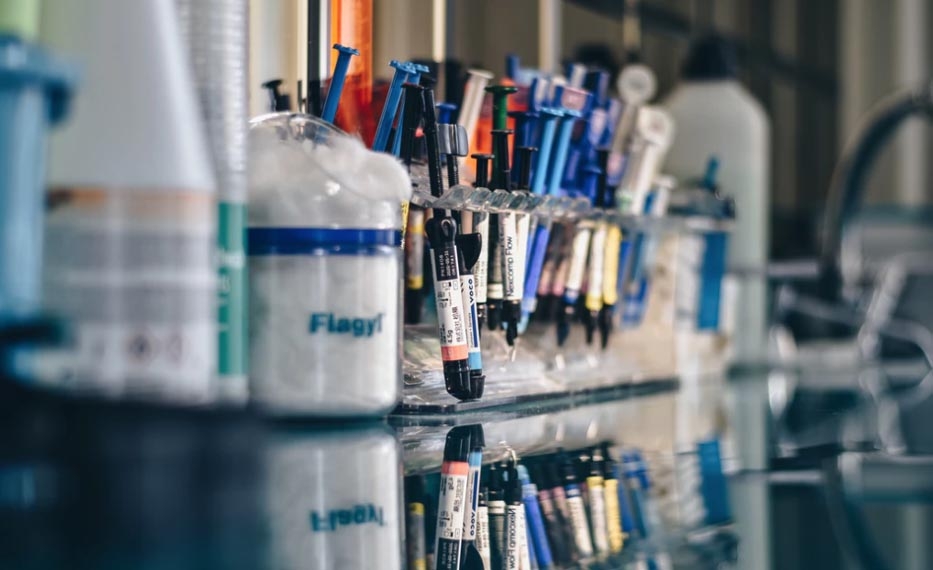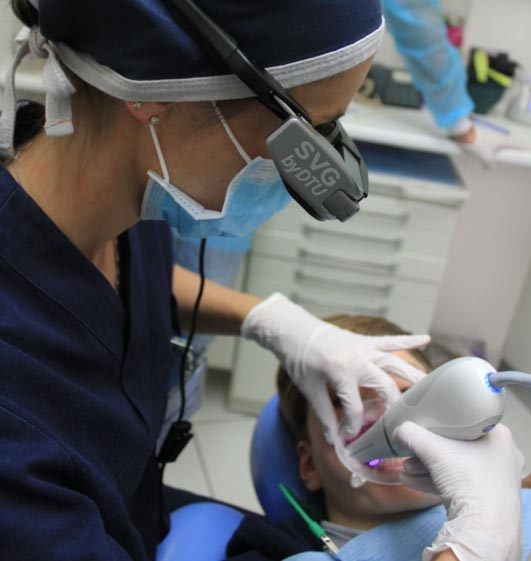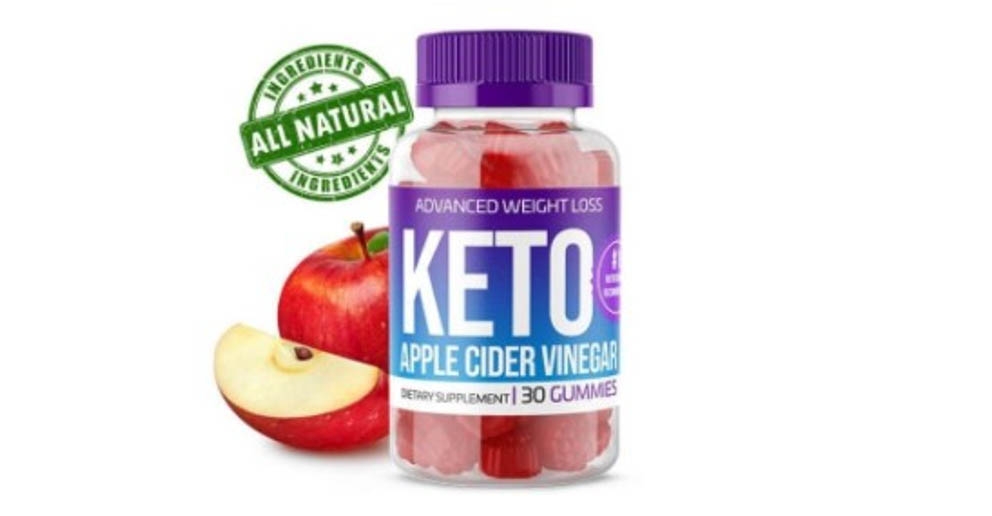
Everything you need to know about teeth bonding
By Dr. Hanaa Nasir
Problems related to teeth seem to be endless, they can range anywhere from a hollow tooth that makes it impossible to chew with or be a small chipped corner on the front tooth. Regardless of the size and location of these presenting issues, both are highly noticeable and both of them will bring a patient to the dentist’s office for different reasons; one for function and one for appearance. Teeth are complex in the way that they must satisfy two important factors to be considered perfect. They essentially should meet the criteria of being functional for chewing and biting forces, as well as be aesthetically pleasing in colour and shape. Treatment plans stem from aiming to achieve both of these criteria and merge them; with the help of periodontal specialists, restorative specialists and those well-versed with the cosmetic aspect of teeth, a more customized approach can be curated. This hasn’t always been easy but that's where Teeth Bonding comes in.
Ever wondered what the treatment for a cracked tooth is? For a chipped tooth that doesn’t hurt? For the wide gap between two teeth? Teeth Bonding can likely address all of these dental issues and many other related concerns. Understanding the dynamics of this procedure, knowing its usage and limitations will help guide you towards a treatment plan best suited for just you, keep reading to learn more.
What is Teeth Bonding?
In layman’s terms, Teeth Bonding is a dental procedure using a bonding material known as composite resin that is adhesive. Composite can be used to reconstruct and restore missing areas of a tooth, to improve the physical appearance of a tooth’s shape and for various cosmetic reasons.
How Does it Work?
Composite resin is made up of acrylic resin and reinforced with glass quartz, ceramic or silica particles to make the composite matrix. The material is first moldable which allows the dental professional to give it any shape or form. After the final placement, the composite resin is hardened by using a special curing light that holds it firmly in place.
Why Choose Teeth Bonding?
Due to its superiority in appearance and ease of use, it has become largely the more popular and recommended filling material for most scenarios. Its feature of being able to mimic naturally occurring teeth shades and hues allows its expansive use to treat other cosmetic dental concerns. However, if there is a missing tooth or extensive decay that has caused compromised structure strength then crowns, bridges and dental implants will be a more suitable alternative, it is best to consult your dental practitioner and be thoroughly evaluated before making any sure decisions.
What can Teeth Bonding be used for?
There are several scenarios where Teeth Bonding can come of great use:
- To repair and reconstruct a chipped or cracked tooth
- Used in decayed teeth to refill and restore tooth structure
- For closing spaces and gaps between teeth
- Aesthetic purposes to improve the discolouration of a tooth
- Lengthening the tooth for better appearance
- Change the overall shape and dimensions of a tooth
- To replace amalgam fillings
- Used in areas of gum recession to protect the exposed root surface and to lower hypersensitivity
What to Expect and Does It Hurt?
The procedure takes place on the dental chair and is an in-and-out procedure. The dental professional will note down the shade of your teeth and what shade you prefer before beginning. Teeth Bonding is normally painless and anesthesia is usually not required unless a deep decay is present or when a chip/crack on a tooth has left little structure between the exposed surface and the pulp (nerve area of the tooth). The process goes as follows:
- Prepping the tooth by removing decay if present and roughening the surface to allow better attachment.
- Applying a layer of conditioning liquid for improved adhesiveness.
- The composite resin is then placed in the desired place and shaped.
- A curing light or laser is then used to harden the dental material.
- The final trimming, contouring and smoothening of the composite are done.
On average, a single appointment can last 30 to 60 minutes and possibly longer based on the procedural specifications and requirements.
Pros and Cons You May Want to Consider
Although there are no risks involved, there are major advantages and a few minor disadvantages to being aware of beforehand if opting for the procedure.
Pros:
- Teeth Bonding is a painless, relatively easy and simple process.
- The range of shades and hues available in composite resin can recreate natural teeth colours.
- Unlike crowns and veneers that need to be made in a laboratory, teeth bonding can be completed in a single visit except if several teeth are to be treated.
- Teeth bonding is generally not as costly as other dental cosmetic procedures.
- The process allows conservation of enamel by requiring the least amount of enamel removal for adhesion.
- Flowable and moldable bonding material allows precision shaping to greatly improve the appearance of a tooth.
Cons:
- In certain areas prone to chipping, teeth bonding may chip easily and be difficult to retain.
- Poor resistance to external stains is a prominent disadvantage; teeth bonding tends to discolour over time especially when exposed to staining habits and drinks. A stained bonded tooth will need the composite replaced.
- Not the best recommendation for high-bite pressure areas.
The Aftercare of Bonded Teeth
Despite all the pros teeth bonding has to offer, no dental material including composite can offer the strength that natural enamel can. Keeping that in mind, it is advised to steer clear of chewing habits such as pens, ice cubes and nail-biting to ensure a long life span of bonded teeth and avoid breakage. Bruxism (a parafunctional habit of grinding or clenching teeth together) is an important factor to mention before the treatment has started as it may influence the treatment plan and possibly the entire procedure. Alcohol consumption, smoking, red wine, coffee and tea can stain the bonded teeth, thus it is best to limit their consumption to avoid staining. Proper oral hygiene measures should be practiced and maintained to ensure good dental health, with or without the presence of bonded teeth.

To Bond or Not To Bond
With the surge of cosmetic concerns and treatments in all areas of dental practice, people have generally become more self-aware and this includes being more aware of their smiles. What could have gone unnoticed before, can no longer be ignored. Teeth bonding has brought with it a wide array of options in practice and can cover many dental concerns and issues. For improved results, the procedure may warrant a multidisciplinary approach including periodontal specialists, cosmetic specialists etc. It is crucial to consider your needs before choosing any procedure because your smile only matters when you are happy with it!
Dr.Hanaa Nasir is a dental professional having graduated with honors, currently pursuing her Masters in Oral Surgery and a published writer. She has worked for a well-recognized dental hospital in Pakistan and is in the process of attaining her further education from Australia. Still in the early process of her research based on Psychology and Dentistry, she aims to advocate for, revolutionize and broaden dental care to be well integrated with mental health whilst also working on her own novel. An inquisitive person by nature, Dr.Hanaa dedicates most of her time to science and medicine whilst balancing the obsession with poetry and her art skills.













